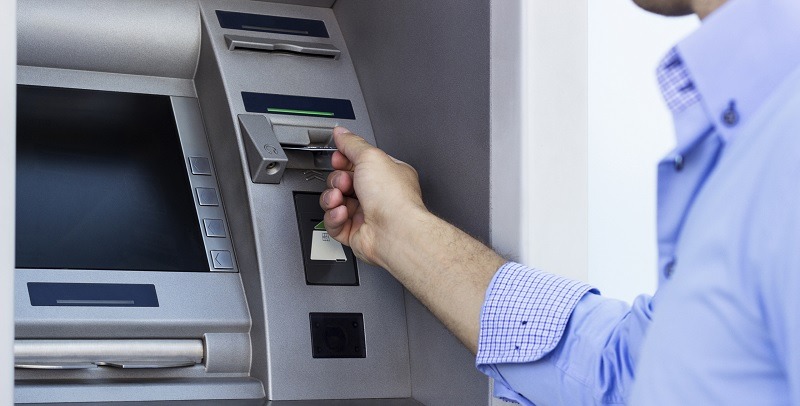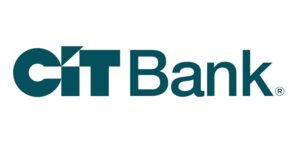
Automatic teller machines, or ATMs, were first introduced to the world in 1967 and have become a staple in today’s banking world. As of 2017, banks around the world operate nearly 3 million ATMs.
While ATMs still remain the primary way of withdrawing money from your bank account, people tend to forget that these machines also accept deposits. For the ATMs that do allow deposits, the transactions can usually be completed in a few minutes or less. Continue reading below to make ATM deposits to your bank account.
How To Deposit Cash in an ATM
If you’re used to making all of your deposits in person at your local branch, just know that you have the option of going to an ATM too. This is especially helpful when your local branch is closed. For cash deposits, different ATMs have different methods of accepting cash, but the process usually involves putting the money directly into a designated slot.
Many ATMs are available anytime during the day, night, weekends and even on holidays. The actual steps might vary based on the specific machine. However, you’ll typically follow instructions like this if you’re depositing at your bank’s ATM:
- Insert your debit card when prompted.
- Enter your PIN.
- The screen will prompt you to choose which account you want to use, such as savings or checking.
- The next screen should prompt you to enter the amount you want to deposit.
- You will be asked to enter the cash in a slot when the machine is ready to receive your funds. Note that some ATMs will require you to place the money in an envelope before depositing. If so, the machine will inform you. In most cases, banks provide envelopes for this purpose.
- After the ATM has received the money, it will ask if you’d like a receipt.
- Take your receipt and card.
If you make your cash deposit at the ATM before the cutoff time, the money should be available to you immediate. However, if you make the deposit after, then you’re money should be ready the next business day. Simply check with our bank to find out how soon you will be able to access your funds.
An important thing to keep in mind is that the Bank Secrecy Act requires paperwork for cash deposits that may exceed $10,000. SO while maximum deposit amounts might vary by bank, ATMs can’t legally accept more than that amount.
Can You Deposit Cash at Any ATM?
Let’s say you go on a vacation and your bank isn’t in the area, you still might be able to deposit your cash at any ATM that’s close to you. For example, if your bank operates ATMs all over the country then you’re good to go because you can simply use one of the ATMs that are in your network. However, if your bank doesn’t operate any ATMs in the area, then you might not be able to make a deposit. Even if you could make a deposit, you might face a longer wait time and fees.
What you can do before travelling is look for a banks with a shared deposit program where both the bank and the ATM owner participates. For example, NYCE of Secaucus, New Jersey, allows shared deposits in certain cases. ATM companies such as MoneyPass address this need by offering surcharge-free ATMs — including deposit services — at more than 32,000 locations nationwide.
How To Deposit a Check at an ATM
Whenever you get a check from your employer, as a gift, or payment for a service, you have the option to head to your local ATM to deposit it! Additionally, you can even deposit your check through your bank’s mobile app, if you want to do everything from the comfort of your own home.
Depositing checks at your bank’s ATM can be done as quickly and easily as depositing cash. There are a couple steps that make the process different. Follow the steps listed below to deposit your check.
- Sign your check on the back for deposit only.
- Insert your card and enter your PIN.
- Choose the “deposit” option.
- Select the account (typically checking or savings).
- Type in the deposit amount (if the machine cannot already read that).
- Confirm the deposit amount.
- Make your receipt selection.
- Take your receipt and card before leaving the ATM.
How Do You Make a Deposit to an Online Bank Account?
ATM deposits can get tricky for those who want to deposit to an online bank. However, some online banks make agreements that let you use ATMs in specific networks. Capital One 360 is an example of an online bank that accepts these deposits. Check with your online bank for its ATM deposit options.
Card-Free ATM Access
Normally, you would need your card to access your bank’s ATM to do any transactions. However, with the development of technology, such as Near Field Communication (NFC), more banks are turning to card-free ATM access. Wells Fargo added this feature in 2017 and Chase followed soon after. Keep in mind that only devices with NFC can sign on to bank accounts including using Apple Pay and Google Pay.
NCR, which provides multivendor ATM software, introduced a new system for withdrawals called the Mobile Cash Withdrawal function. This creates a 2D barcode within a bank’s app. Customers can go to the ATM, scan the barcode and then perform the transaction per the machine’s instructions. For this feature, no card, PIN or NFC technology is necessary.
ATM Fees
As we briefly mentioned above, using an out of network ATM can lead to fees when making any transaction. Generally, when you use your own bank’s ATM, there will be no fees associated. However, it is when you start using the closest ATM to you is when the problems start coming up. If you were to use an ATM associated with another bank, then you may have to pay for the fee from the bank and the ATM operator.
 |
 |
Bottom Line
The future of ATMs are in question now that more and more people are switching to cashless methods of payment. Many prefer to use their digital wallets and do mobile deposits. On the other hand, there are still people who prefer to go and do everything physically. For more posts like this, check out our list of bank guides!




Leave a Reply